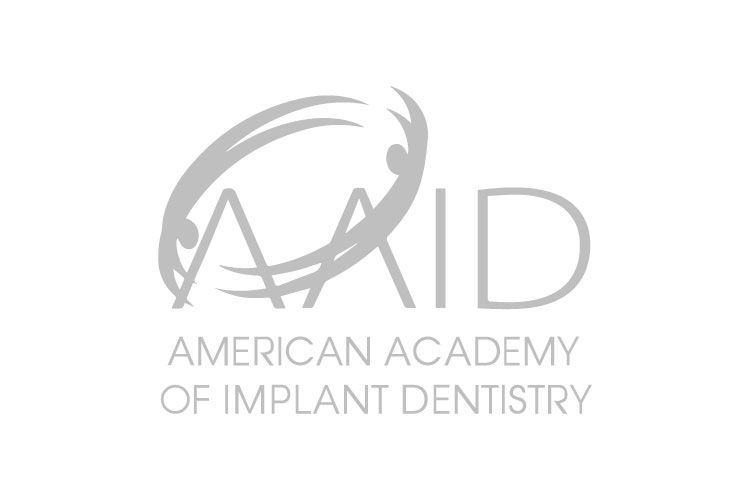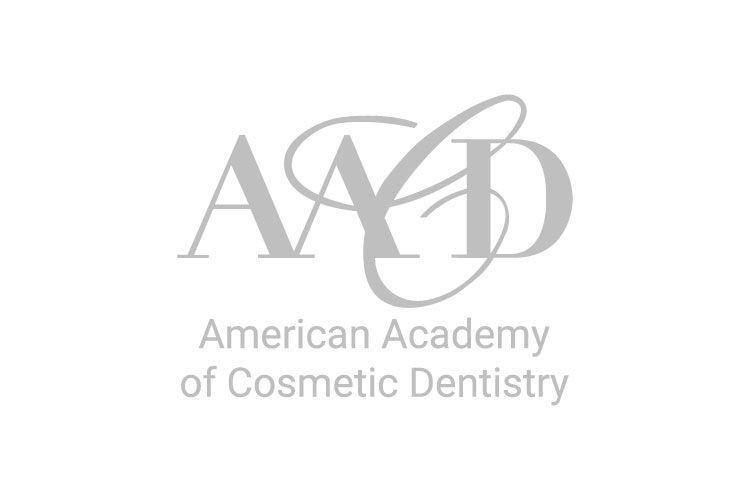About Us
Services
For Patients
Making La Mesa Smile
Where Comfort Meets Exceptional Care
Discover a radiant smile and a healthier you at
Great Smiles of La Mesa. Our dedicated team offers comprehensive dental care in welcoming environment that puts patients at ease. Explore our state-of-the-art facility and meet the dental professionals dedicated to your oral health. We use the latest technology to ensure every visit is a positive experience that exceeds your expectations. Whether you're looking for a simple cleaning and exam or you're ready to design the smile of your dreams, our compassionate and skilled team is here to make it happen.
Tour Our Office
Dental Services
In order to provide our patients with beautiful smiles, we offer comprehensive dentistry services that span routine exams and cleanings to cosmetic and restorative treatments.
-
General Dentistry
Learn More -
Cosmetic Dentistry
Learn More -
Dental Implants
Learn More
New Patient Special
$125
New Patient Special Exam, Digital X-rays & Cleaning
(Terms Apply)
Our Difference
Discover why patients choose our practice to take care of the health and beauty of their smile.

Full Service Dentistry
Practicing advanced modern dentistry since 2011

Advanced Dental Certifications
Oral Sedation from Cali Institute, Implant Maxi Course, and Invisalign® Certified

Vibrant and Professional Tone
Tailored for the working professional who values their time

Highly Specialized Services
Specializing in General, Cosmetic & Restorative Treatments

Exclusive New Patient Offer
Comprehensive new patient dental check-ups for just $125

Leading-Edge Technology
Every treatment is efficient, effective, and comfortable
Over 300+ Happy Patients
Follow Us On Instagram
@greatsmilesoflamesa_ca

Read Our Blog


























